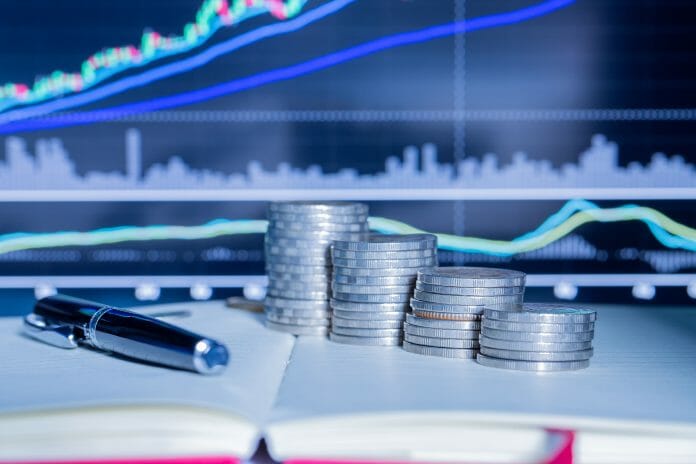By Dr Mohd Afzanizam Abdul Rashid.
What was in the news this week? Yes, the Malaysian central bank cut the overnight policy rate (OPR) by 50 basis points to 2.00 percent. This is an all-time low since 2009, the year when the country was plagued with the Global Financial Crisis, no thanks to the reckless US sub-prime mortgage lending which saw the number of foreclosurs gone up to the roof. Not to mentioned the toxic assets that was associated with the pool of sub-prime mortgages that being held by the financial institutions globally.
From the borrowers’ point of view, it’s music to their ears as the monthly installment could be reduced for those who take up the financing contract with variable rates.
But beyond that, what is it that really matters whenever OPR was brought down?
Obviously, its the fixed income instrument, also known as bonds or sukuk for Islamic bonds. This instrument will enjoy the most during the declining trend in the general level of interest rates. Why is it so?
Its simply because there is an inverse relationship between the interest rates and the bond prices. Confused already? Trust me, I have been asked the same questions by an experience banker back in the day when I was a rookie economist.
He asked why does bond prices move in different direction with yields. There are a few ways to explain this. The most classic example is to resort to the discounted cash flows whereby a decline in the discount rate would result in higher value of the instrument and vice versa.
I found that such explanation is too mechanical and may not do justice to the layman who are seriously considering to invest in the fixed income instrument. By memorising the negative relationship does help to craft your investment strategy. But one could do better than just memorising.
So bear with me for a moment.
Consider a hypothetical bonds that has a yield of 4 percent with a 10 year maturity and currently selling at RM100. Then come next year, similar bonds with the same maturity has a yield of 3 percent. Assuming we do not know the price for the new bonds for ease of referrence. So is it fair that the previous bonds that has 4 percent yield last year should be selling at the same price with the newly issued bonds that has a yield of 3 percent?
Definitely not. The older bonds has a higher yield compared to the new one.
Therefore, it should command higher prices since it can offer higher returns. The same is also true if interest rates is on the rise.
Let us use the same example of the 4 percent bond yield with a price of RM100. Assuming there is a new bond with a yield of 5 percent. Should the older bonds be selling at RM100? Certainly not. There is a new bond giving us a 5 percent yield and therefore, the price of the older bonds should be lower than the original price of RM100.
Perhaps, RM90 would do. With this in mind, prospective bond investors should roughly have an idea about their potential gains and losses whenever the general level of interest rate moves.
The prevailing economic conditions have been supportive to bonds as central banks across the globe have been aggressively cutting down their benchmark interest rates. Its like a chain reaction whenever the central banks announced their decision on interest rates. The rate for other types of interest bearing assets would follow suit.
The main reasons for such decision is none other than to provide support to the economy by making the borrowing costs become so much cheaper. Lower financing rates would stimulate the economic activities as businesses and consumers would be able to access these loanable funds more easily as the liquidity in the banking system become abundant. That is the standard script for explaining the expansionary monetary policies.
At the moment, investing in bonds does make sense as interest rates is going to stay low for a while and perhaps, could go even lower if the global economy continues to struggle to stage a recovery.
The economic stimulus has been massive but the government and the central banks appears to be ready to do what ever it takes to revive the economy. That would mean bond prices would go higher if benchmark rates would be reduced.
In fact, you could be hearing fixed income fund managers clamouring for extending the portfolio duration. This is another concept that could be addressed in another forum. Suffice to say, the longer the portfolio duration, the higher the upside potential for the bond prices and therefore, more gains.
Like the old saying, do not put all your eggs in one basket and all good things must come to an end.
In that respect, a smart investors should continue to diversify its assets as the interest rates would, at some point in the future, have to be raised when the economy starts to pick up its pace.
Central banks would have to unwind their support and would resort to a more restrictive monetary policies. When that happens, interest rate will begin to increase and bond prices would fall. For now, let the good times roll for bonds.
Dr Mohd Afzanizam Abdul Rashid is the Chief Economist of Bank Islam Malaysia Berhad










